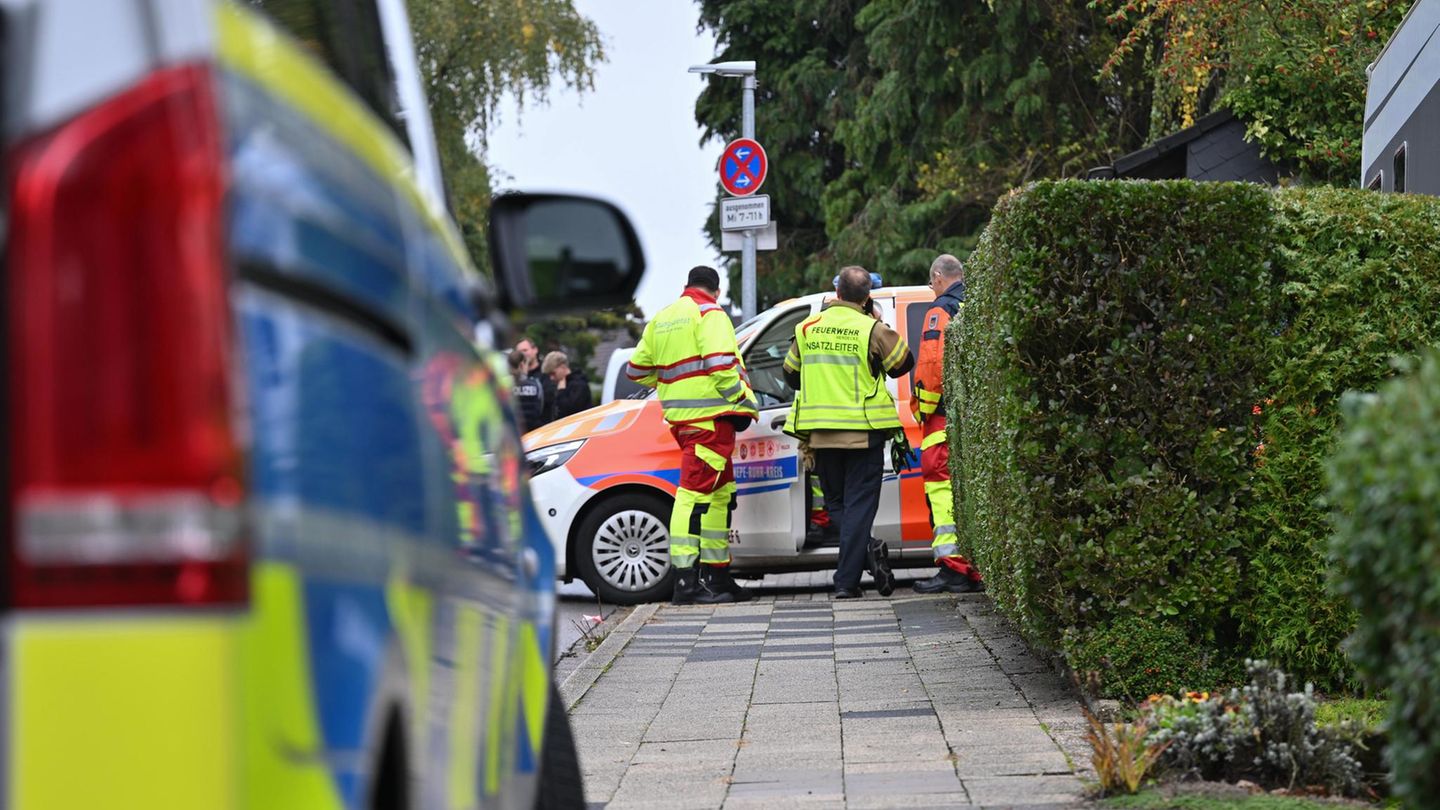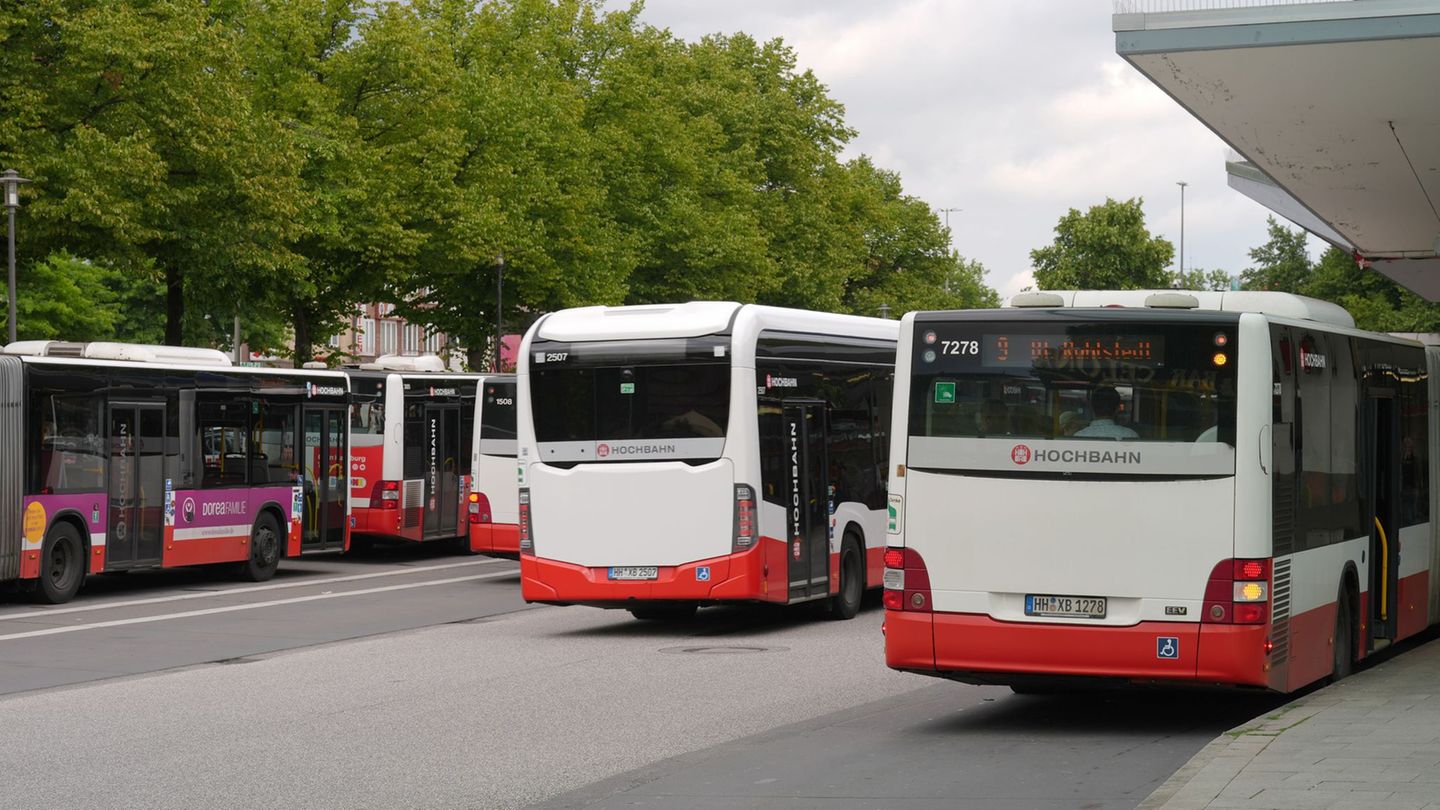According to Statistics Austria, 58,330 people lived in the Schärding district as of January 1, 2024. Five years ago, in 2019, there were around 57,300. So the district is growing. 20 of the 30 municipalities recorded an increase in population numbers in a five-year comparison. The upward trend was particularly strong in Suben. The population in the motorway community has grown by 16.6 percent in the past five years. This puts us at the top in the district. According to Mayor Markus Wimmer (VP), the reasons for this are varied. “On the one hand, the good transport connections via the A8 motorway and the associated business locations are key factors for growth,” says Wimmer. “On the other hand, we have also invested in our numerous leisure facilities in recent years. This has enormously increased the attractiveness of our community.”
The situation is similar in the neighboring community of Suben, St. Marienkirchen. The population there grew by seven percent. Since 2018, almost 500 jobs have been created in the area thanks to several company settlements. One of the main reasons for the growth, says Mayor Bernhard Fischer (VP). “There are always employees who work for our companies and sooner or later look for apartments or build a house.” Fischer says they have benefited greatly from construction activity over the past ten years. Almost 50 houses and just as many apartments were built during this period.
Crucial for infrastructure
Lively construction activity and a “complete change” in settlement policy also bore fruit in Rainbach, according to Mayor Gerhard Harant (FP). “Unfortunately, nothing has happened in this area for a long time. However, after I took office in 2015, we took various measures to stimulate growth again.” In recent years, Rainbach’s population has increased by 5.5 percent.
Especially when it comes to infrastructure, this is crucial for the general, positive development in a community, says Harant. “The existing infrastructure must be able to be served, clubs need young people. It is important to me to be able to create an offer for all young Rainbach residents so that they can stay in the community.”
At the same time, this concern and the growth in the population also brings its challenges. With the influx of young families, the need for child and afternoon care is also increasing, as Suben’s Mayor Wimmer explains. “Of course, this presents us with tasks, as we are still limited in terms of space here. In addition, it is currently not an easy matter for us communities financially.”
“Just lip service”
Problems that Diersbach’s mayor Johann Fuchs (VP) would probably like to have. In the geographical “heart of the district” there has been a decline of more than four percent since 2019.
“On the one hand, up to 40 refugees were accommodated in the community during this period. On the other hand, it is also due to the rural structure. There are empty farms and farms in Diersbach where the next generation is missing,” explains Fuchs. Measures have been taken when it comes to business settlements, housing and infrastructure expansion, but as mayor you are a “lone warrior” when it comes to these tasks, said Fuchs. “Keywords such as strengthening rural areas are currently only paid lip service. The fact is that attempts are being made to form large units in the form of business parks and community cooperation. However, the supposed effect of cost savings often does not materialize,” says the mayor of Diersbach “moderate growth with high quality” would be the goal. However, this would also require appropriate support from state and federal politicians. “Growth at any price is not the decisive factor,” says Fuchs.
My themes
For your saved topics were
new articles found.
info By clicking on the icon you can add the keyword to your topics.
info
By clicking on the icon you open your “my topics” page. They have of 15 keywords saved and would have to remove keywords.
info By clicking on the icon you can remove the keyword from your topics.
Add the topic to your topics.
Source: Nachrichten




